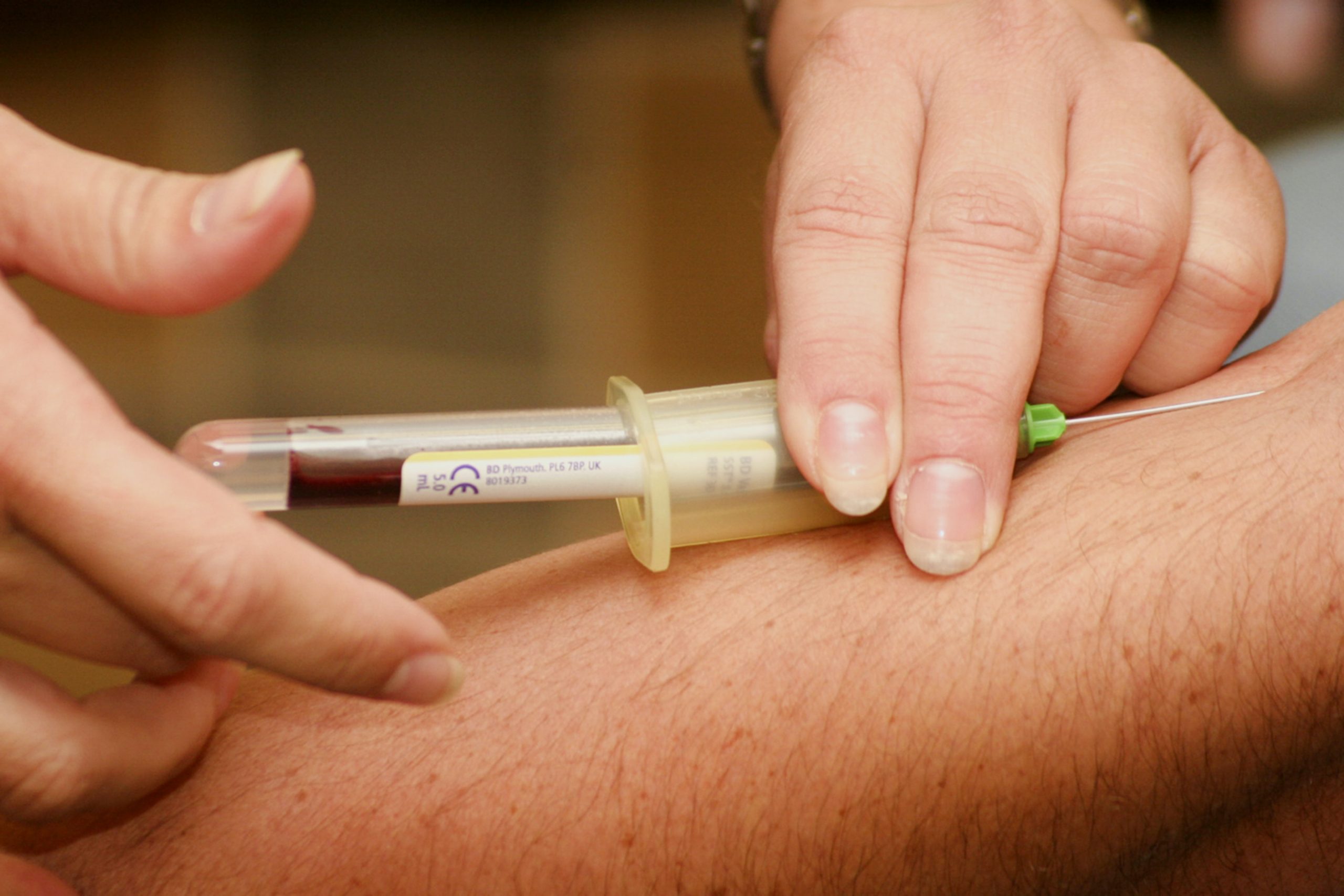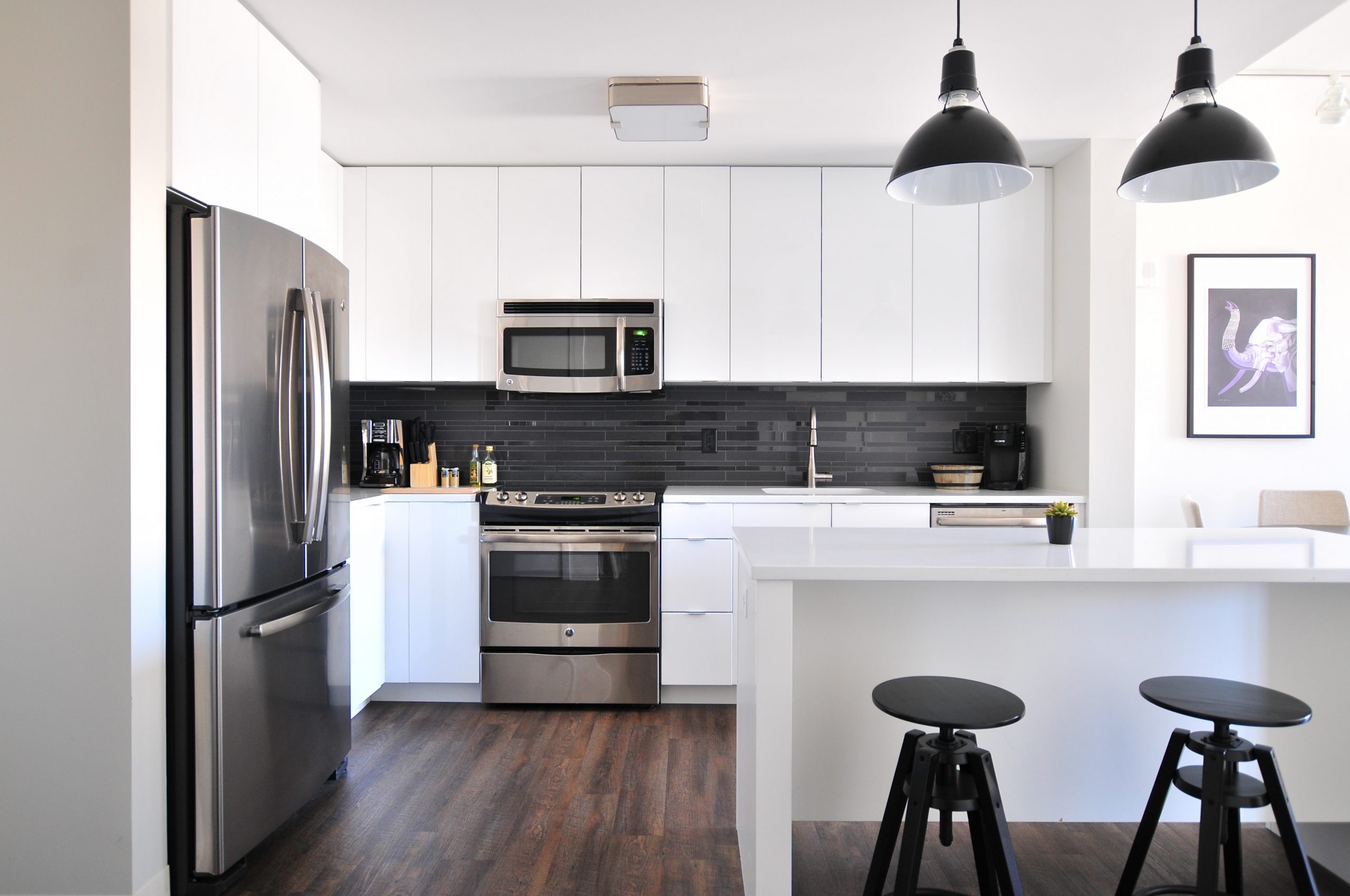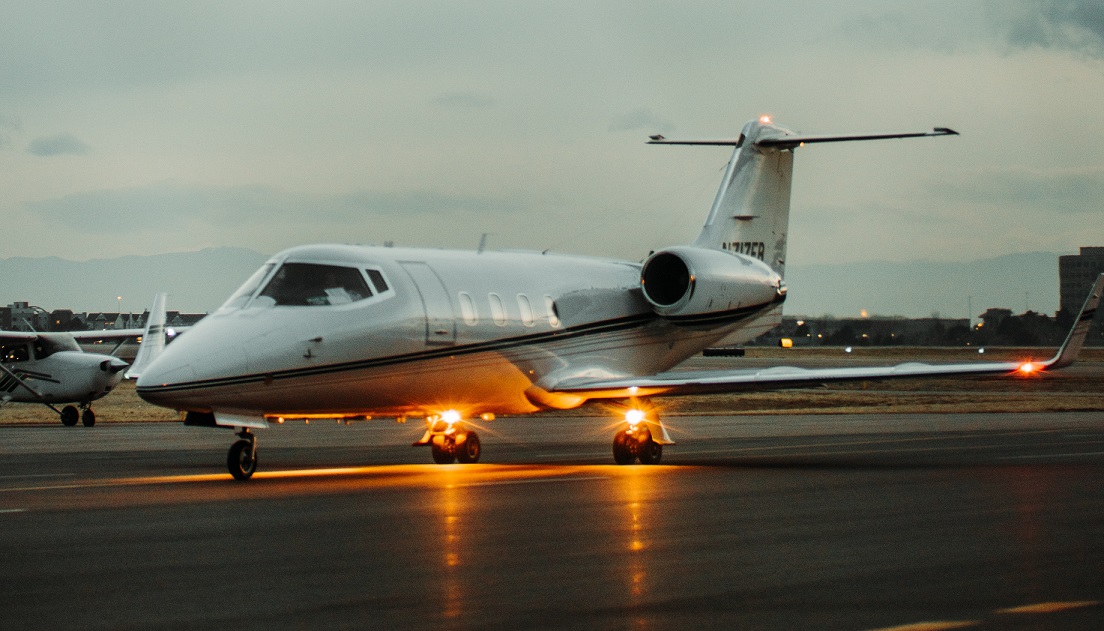Las Vegas, known for its vibrant nightlife and bustling casinos, is also home to a rapidly evolving industry in private aircraft for medical evacuation. More than just a playground for high rollers, this desert city has become a hub for state-of-the-art air travel, specifically tailored to meet the needs of medical emergencies. Whether it’s a sudden illness or a life-threatening injury, the availability of private aircraft for medical evacuation in Las Vegas is revolutionizing the way patients are transported to receive urgent medical care. In this article, we will explore the benefits and logistics of utilizing private aircraft in medical emergencies, shedding light on a lesser-known aspect of the Las Vegas aviation scene.
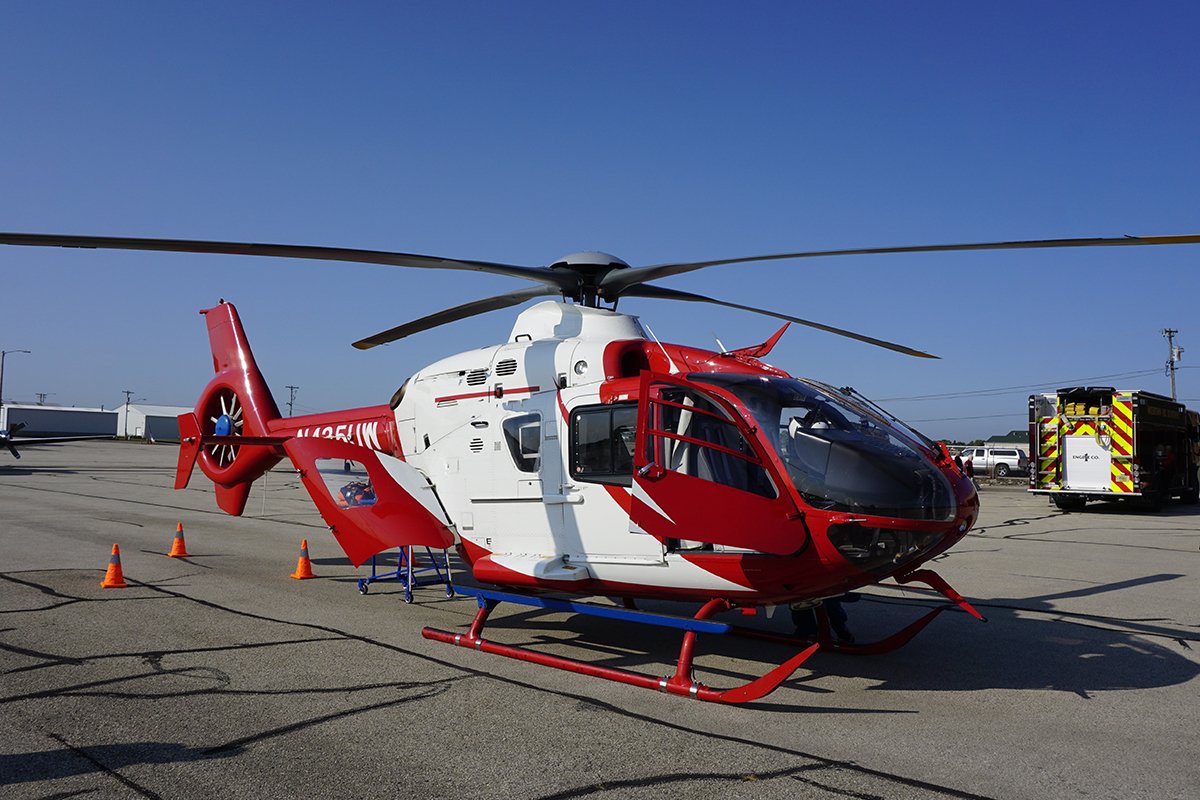
This image is property of images.unsplash.com.
Overview
Understanding the Need for Medical Evacuation in Las Vegas
When it comes to medical emergencies, time is of the essence. In a bustling city like Las Vegas, where millions of tourists flock each year, the need for efficient and prompt medical evacuation services cannot be overstated. From sudden illnesses to injuries sustained in accidents, there are numerous situations where medical evacuation becomes necessary. In this article, we will explore the advantages of using private aircraft for medical evacuation in Las Vegas, the types of private aircraft available, their features and capabilities, and the factors to consider when choosing the right one. We will also delve into the costs, the booking process, and the safety regulations associated with private aircraft medical evacuation. By the end of this article, you will have a comprehensive understanding of the subject, allowing you to make informed decisions in times of medical emergencies.
Advantages of Using Private Aircraft for Medical Evacuation
Speed and Efficiency
When it comes to medical emergencies, time is often the determining factor between life and death. Private aircraft offer unparalleled speed and efficiency compared to other modes of transportation. With quick access to runways and the ability to bypass congested commercial airports, private aircraft can significantly reduce transit times, ensuring patients reach medical facilities in a timely manner. This speed and efficiency can be crucial, especially in critical situations where every minute counts.
Accessibility to Remote Locations
Las Vegas is known for its vibrant cityscape and luxurious resorts. However, the surrounding areas can be remote and difficult to access. Private aircraft are equipped to land at smaller airports and landing strips, providing medical evacuation services to even the most inaccessible locations. This capability is especially beneficial when accidents or medical emergencies occur in remote areas where ground transportation may be limited or unavailable.
Specialized Medical Equipment and Personnel
Private aircraft used for medical evacuation are equipped with state-of-the-art medical equipment and staffed with highly trained medical personnel. These aircraft are essentially flying intensive care units, capable of providing critical care during transport. From specialized monitors and defibrillators to ventilators and medication supplies, private aircraft are well-equipped to handle various medical emergencies. Additionally, medical personnel on board are experienced in handling emergency situations and can provide immediate medical attention.
Comfort and Privacy
Medical emergencies are already stressful situations, and the added discomfort of crowded commercial flights can exacerbate the anxiety and discomfort for patients and their loved ones. Private aircraft offer a more comfortable and private environment, ensuring a less stressful journey. Patients can relax in spacious cabins with customized seating arrangements while surrounded by their loved ones. This privacy not only alleviates stress but also ensures confidentiality and discretion during sensitive medical evacuations.
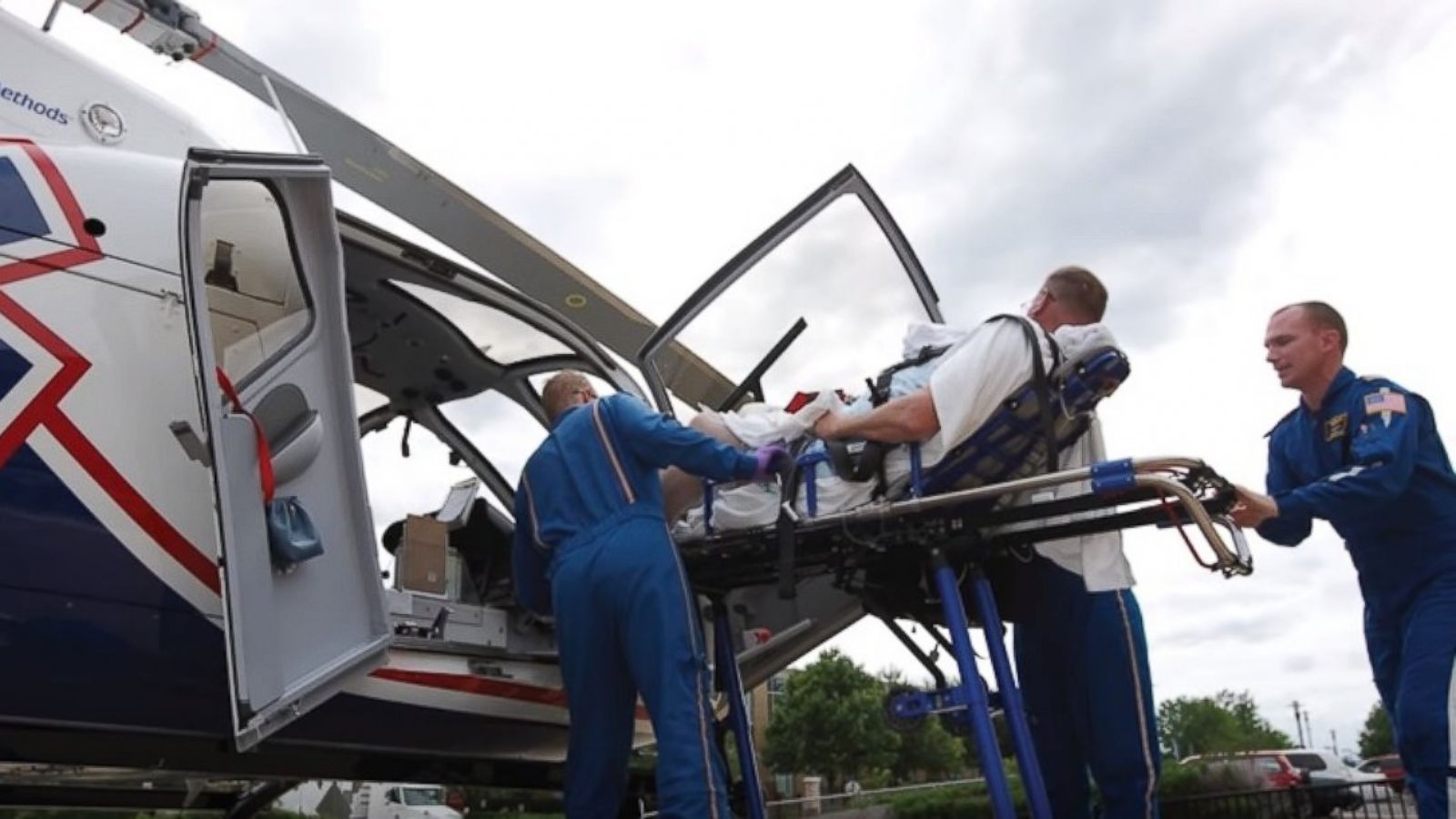
This image is property of images.unsplash.com.
Types of Private Aircraft Used for Medical Evacuation
Air Ambulance
Air ambulances are specially equipped private aircraft that provide medical transport services to critically ill or injured patients. These aircraft are typically equipped with an array of medical equipment, including advanced life support systems, stretchers, and medication supplies. Air ambulances are designed to accommodate patients in critical condition, ensuring their safety and comfort during transport.
Medical Transport Aircraft
Medical transport aircraft are larger private planes equipped to transport patients who require medical assistance but are not in critical condition. These aircraft often have a dedicated medical cabin with stretchers and medical equipment, along with additional space for family members or medical personnel. Medical transport aircraft provide a comfortable and efficient means of transferring patients who may not require intensive care during the journey.
Helicopter Air Ambulance
In situations where access to remote or difficult-to-reach locations is required, helicopter air ambulances are often the best choice. These helicopters are equipped with medical equipment and personnel and can land in smaller areas or even on rooftops of medical facilities. Helicopter air ambulances offer swift transportation, especially in cases where ground transportation is impractical or impossible.
Features and Capabilities of Private Aircraft for Medical Evacuation
Pressurized Cabin
Private aircraft used for medical evacuation are equipped with pressurized cabins, allowing safe travel at high altitudes. This feature ensures a comfortable and stable flight for patients, as well as the ability to provide immediate medical care during transport. The pressurized cabin also aids in minimizing the risk of complications related to altitude changes.
Ability to Accommodate Medical Equipment and Supplies
Private aircraft used for medical evacuation have ample space to accommodate a variety of medical equipment and supplies. From ventilators and defibrillators to stretchers and medication cabinets, these aircraft are designed to ensure the well-being of patients at all times. Additionally, the aircraft can be customized to suit the specific medical needs of each individual patient, providing a safe and secure environment during transport.
Medical Staff Accommodation
Private aircraft used for medical evacuation are designed to accommodate medical staff who provide specialized care during the journey. These aircraft often have separate compartments or dedicated sections for medical personnel, ensuring their comfort and ability to provide continuous care to patients. The presence of medical staff ensures immediate response to any medical emergencies that may arise during the evacuation.
Navigational Systems for Safe Air Travel
Private aircraft used for medical evacuation are equipped with advanced navigational systems, ensuring safe and efficient air travel. These systems aid pilots in navigating to the desired destination, even in adverse weather conditions or unfamiliar territories. The use of advanced navigational systems enhances the overall safety and reliability of medical evacuations.
Advanced Communication Systems
Private aircraft used for medical evacuation are equipped with advanced communication systems that facilitate constant communication with medical facilities and ground support teams. These systems allow for real-time updates on patient conditions and ensure coordination between medical staff on board and the receiving medical facilities. The ability to communicate effectively during the evacuation process is vital in providing prompt and appropriate medical care.
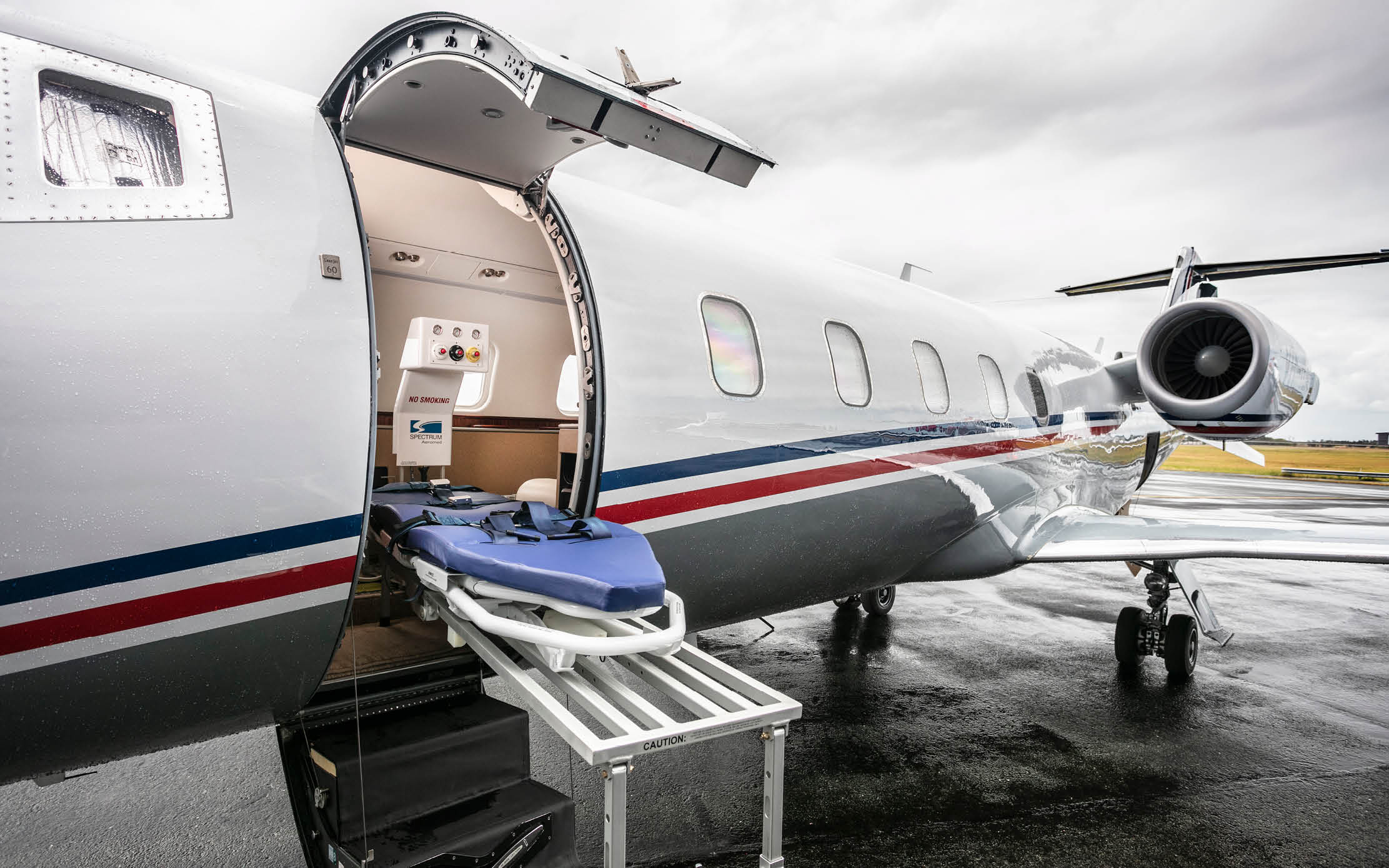
This image is property of images.unsplash.com.
Choosing the Right Private Aircraft for Medical Evacuation
Assessing Patient’s Medical Needs
When selecting a private aircraft for medical evacuation, it is essential to assess the patient’s medical condition and needs. Critical patients may require air ambulances with specialized medical equipment, while stable patients may be suitable for medical transport aircraft. The medical team involved in the evacuation process will determine the necessary medical equipment and personnel based on the patient’s condition.
Destination and Distance
The destination and distance of the medical evacuation play a significant role in choosing the right private aircraft. Longer distances may require aircraft with larger fuel capacities or faster cruising speeds. Similarly, destinations with limited runway lengths may necessitate the use of helicopters or aircraft capable of short takeoff and landing (STOL).
Flight Duration and Fuel Capacity
Flight duration and fuel capacity are crucial considerations when selecting a private aircraft for medical evacuation. The ability to fly long distances without refueling is essential, especially in cases where immediate access to medical facilities is required. The aircraft’s fuel capacity should be sufficient to complete the journey without the need for mid-flight refueling.
Available Space and Seating Capacity
The available space and seating capacity of the private aircraft should align with the patient’s medical needs and the number of accompanying passengers. Air ambulances generally have limited seating capacity due to the need for medical equipment and personnel. On the other hand, medical transport aircraft may offer more seating options for family members or medical staff. The aircraft’s space and seating capacity should be suitable for the specific evacuation requirements.
Accessibility to Medical Facilities
Consideration should be given to the availability of medical facilities at the destination or along the evacuation route. Private aircraft used for medical evacuation should be able to land at airports or helipads near the necessary medical facilities. It is vital to ensure seamless transitions from the aircraft to medical facilities to minimize the time and stress involved in the evacuation process.
Cost of Private Aircraft for Medical Evacuation
Factors Affecting the Cost
The cost of private aircraft for medical evacuation can vary depending on several factors. The type and size of the aircraft, the distance to be traveled, and the duration of the flight are all factors that affect the overall cost. Additionally, any specialized medical equipment or personnel required may increase the cost. It is advisable to consult with medical evacuation providers to obtain accurate cost estimates based on individual requirements.
Comparison with Commercial Medical Evacuation
While commercial medical evacuation options are available, private aircraft offer numerous advantages over commercial flights. Private aircraft provide faster transit times, access to remote locations, specialized medical equipment, and a more comfortable and private environment. Although private aircraft medical evacuation may be more expensive than commercial alternatives, the benefits often outweigh the cost, particularly in critical medical situations.
Insurance Coverage
It is important to review insurance coverage to determine whether private aircraft medical evacuation is covered. Some insurance policies may include coverage for medical evacuation services, including the use of private aircraft. However, coverage limitations or exclusions may apply, necessitating additional insurance or payment arrangements. Consulting with insurance providers or medical evacuation specialists can help clarify coverage and alleviate any financial concerns.
Booking Process for Private Aircraft Medical Evacuation
Initial Inquiry and Consultation
The booking process for private aircraft medical evacuation typically begins with an initial inquiry and consultation. This involves contacting a medical evacuation provider or specialist to discuss the patient’s medical needs, the destination, and the desired timeframe. During this consultation, the provider will gather pertinent information to assess the appropriate aircraft and medical personnel required for the evacuation.
Flight Planning and Coordination
Once the initial consultation is complete, the medical evacuation provider will commence flight planning and coordination. This includes selecting the most suitable aircraft, determining flight routes and fuel requirements, and arranging all necessary permits and clearances. The provider will work closely with the medical team and ground support personnel to ensure a seamless and efficient evacuation process.
Medical Clearances and Documentation
Medical clearances and documentation are essential components of the booking process for private aircraft medical evacuation. The medical team will assess the patient’s condition and determine their fitness for air travel. Additionally, medical clearances from the receiving medical facility or destination may be required to ensure a smooth transition and continuity of care. All necessary documentation and clearances must be obtained prior to the scheduled evacuation.
Payment and Confirmation
Payment and confirmation are the final steps in the booking process for private aircraft medical evacuation. The provider will provide a breakdown of costs and payment options, which may include insurance billing, direct payment, or financial arrangement agreements. Once payment and necessary paperwork are completed, the booking will be confirmed, and the evacuation process can proceed as scheduled.
Considerations for Medical Evacuation to and from Las Vegas
Airports and Air Traffic in Las Vegas
Las Vegas is home to several airports, including McCarran International Airport, where commercial flights predominantly operate. When planning a medical evacuation to or from Las Vegas, it is important to consider the availability and suitability of airports for private aircraft. Smaller airports, such as Henderson Executive Airport or North Las Vegas Airport, may be better suited for private aircraft medical evacuations due to their infrastructure and proximity to medical facilities.
Weather Conditions and Seasonal Factors
Weather conditions and seasonal factors can impact the feasibility and safety of medical evacuations in Las Vegas. Extreme heat or adverse weather conditions may limit or delay flights. It is important to consider weather forecasts and consult with aviation experts to ensure safe and reliable medical evacuations. Additionally, seasonal factors, such as increased air traffic during peak tourist seasons, may require additional considerations and planning.
Ground Transportation and Logistics in Las Vegas
Ground transportation and logistics play a vital role in the overall medical evacuation process. When planning a medical evacuation in Las Vegas, it is essential to consider the availability of ground transportation to and from the airports. Seamless coordination between the medical team, ground support personnel, and receiving medical facilities is crucial to ensure a smooth transition and timely access to medical care. Exploring options for ground transportation and logistics in advance can help streamline the evacuation process.
Safety and Regulations for Private Aircraft Medical Evacuation
Certification and Licensing Standards
Private aircraft used for medical evacuation undergo stringent certification and licensing standards to ensure safety and compliance with aviation regulations. These aircraft are operated by highly trained pilots who hold the necessary licenses and certifications. Medical staff on board adhere to their respective professional standards and undergo continuous training to maintain the highest level of safety and care.
Medical Protocols and Guidelines
Medical protocols and guidelines are established and followed during private aircraft medical evacuations to ensure patient safety and continuity of care. The medical team adheres to established medical protocols and guidelines, which are tailored to the unique environment and challenges of providing medical care during air travel. These protocols help ensure consistent and effective medical response and minimize the risk of complications during the evacuation process.
Emergency Response Planning and Training
Private aircraft medical evacuation providers and operators have comprehensive emergency response plans in place. These plans outline the steps to be taken in various emergency scenarios, from in-flight medical emergencies to landing at unfamiliar airports in emergency situations. Pilots, medical staff, and ground support personnel undergo regular training and simulations to ensure they are well-prepared to handle emergency situations effectively and efficiently.
Conclusion
Meeting Emergency Medical Needs with Private Aircraft
Medical emergencies can strike at any time, and having access to efficient and reliable medical evacuation services is paramount. In Las Vegas, private aircraft offer numerous advantages for medical evacuation, including speed, accessibility, specialized medical equipment, and comfort. By choosing the right private aircraft based on the patient’s medical needs, destination, and flight requirements, individuals can ensure safe and timely evacuation. While private aircraft medical evacuation may incur additional costs compared to commercial alternatives, the benefits, including the prompt and efficient transport of patients, justify the investment. By considering factors such as airports, weather conditions, and ground transportation, individuals can further enhance the safety and effectiveness of medical evacuations in Las Vegas. Private aircraft medical evacuation providers adhere to rigorous safety and regulatory standards, ensuring the highest level of care and operational excellence. When it comes to meeting emergency medical needs in Las Vegas, private aircraft medical evacuation offers a reliable and efficient solution, bringing peace of mind to patients and their loved ones alike.
